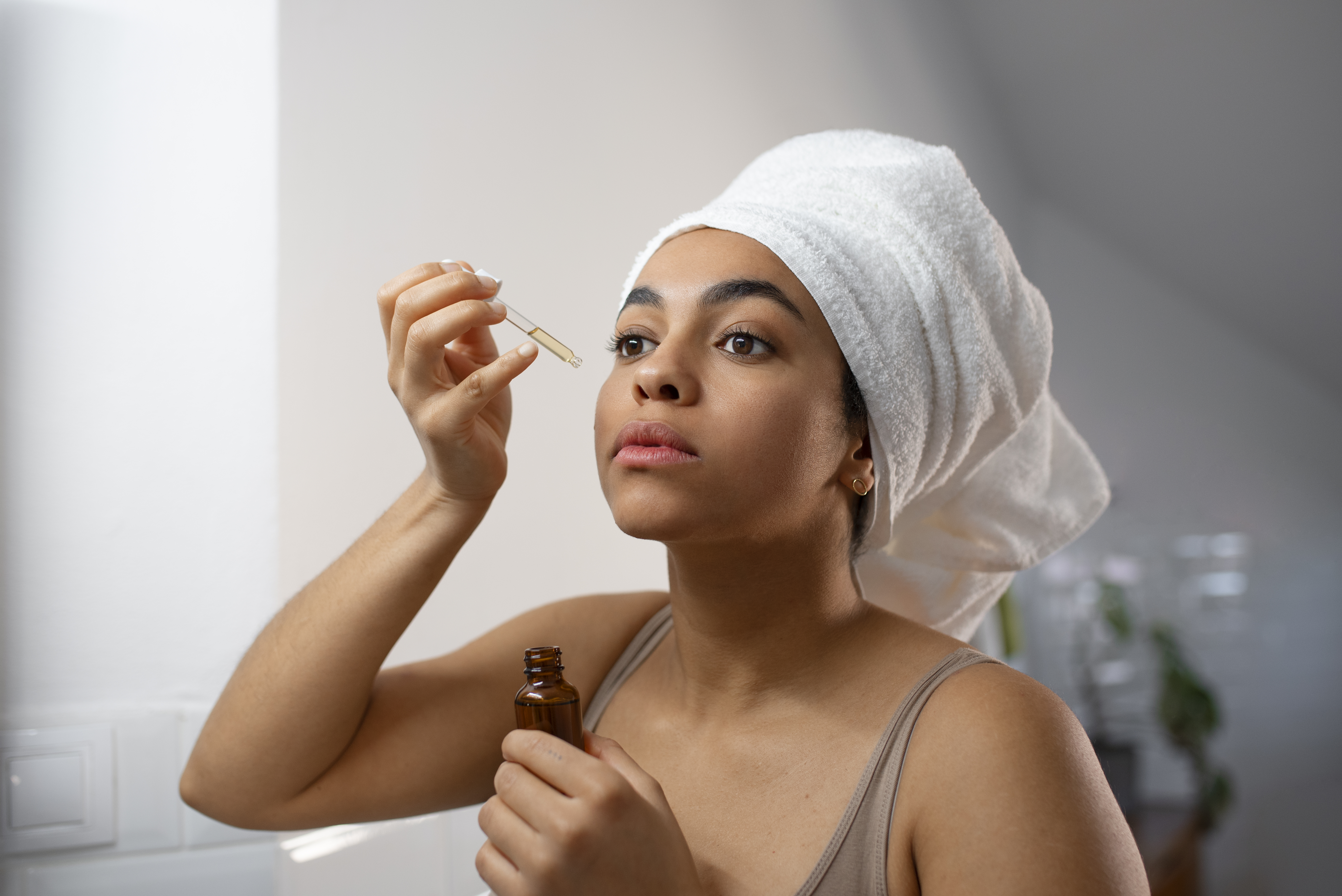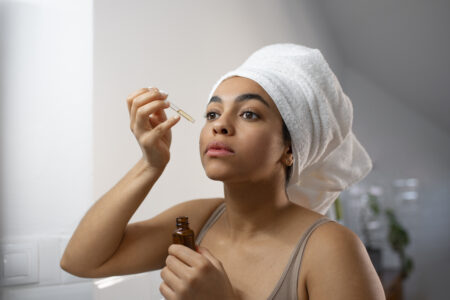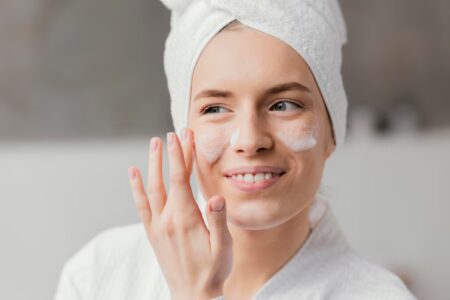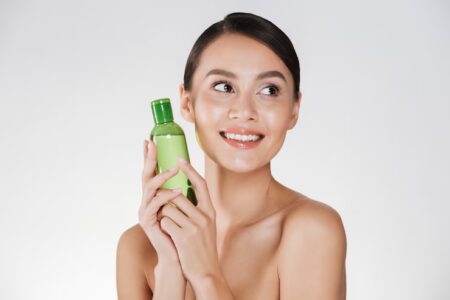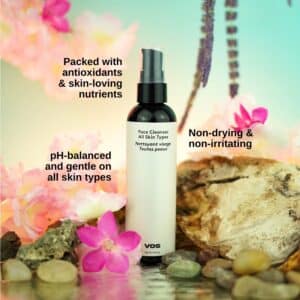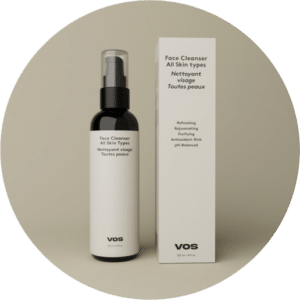Keeping the skin clean is the first and most essential step in any skincare routine. With so many products available, understanding the purpose and use of face cleansers is necessary to maintain healthy skin. This article provides comprehensive information about face cleansers, their types, how they work, how to choose one based on your skin type, and how to properly incorporate them into your daily routine.
What Are Face Cleansers?
Face cleansers are skincare products designed to remove dirt, oil, makeup, bacteria, and dead skin cells from the face. They help prevent clogged pores, reduce the risk of acne, and prepare the skin for the next steps in a skincare routine, such as applying serums or moisturizers.
Cleansers differ from regular soaps in that they are formulated to be gentler on facial skin, which is more delicate than the skin on other parts of the body. While soap can strip away natural oils, a good cleanser is designed to clean effectively without disrupting the skin’s natural moisture barrier.

Types of Face Cleansers
Choosing the right type of face cleanser is essential, especially since different skin types and conditions require different approaches. Here are the most common types:
- Gel Cleansers
These have a clear, gel-like consistency and are effective in deep cleansing the skin. They are particularly useful for oily and acne-prone skin types because they can remove excess oil without over-drying.
- Cream Cleansers
Cream cleansers are thicker and have moisturizing properties. These are ideal for dry or sensitive skin, as they cleanse without stripping the skin of its natural oils.
- Foam Cleansers
Foam cleansers usually start as a gel or cream and then turn into a foamy texture when applied. They offer thorough cleansing and are suitable for combination to oily skin types.
- Micellar Water
Micellar water is a no-rinse cleansing solution made with micelles that attract dirt and oil. It’s gentle enough for sensitive skin and works well for quick cleansing without water.
- Oil-Based Cleansers
Oil-based cleansers use natural oils to remove makeup and impurities. These are commonly used in a double-cleansing method and are suitable for all skin types, including oily skin.
- Clay Cleansers
Clay cleansers are good at absorbing oil and removing impurities from the pores. These are generally recommended for oily and acne-prone skin.
- Powder Cleansers
These come in powder form and are activated with water. They offer gentle exfoliation and are often used by those with sensitive or mature skin.
How Face Cleansers Work
Face cleansers work by binding with impurities like dirt and oil on the skin and then rinsing them away with water. Most contain surfactants—ingredients that lift away debris without damaging the outer layer of skin. Some cleansers also contain additional active ingredients, such as salicylic acid for acne or glycerin for hydration.
The primary goal of a face cleanser is to clean the skin, but it can also help support skin health over time by maintaining the skin’s pH balance and preventing pore blockage.

How to Choose the Right Face Cleanser
Choosing the right face cleanser depends on your skin type, concerns, and environmental factors. Here’s how to make a more informed choice:
- For Oily Skin
Look for gel or foam cleansers with ingredients like salicylic acid or tea tree oil. These help to control excess oil production and prevent breakouts.
- For Dry Skin
Cream or oil-based cleansers with hydrating ingredients like hyaluronic acid or ceramides are recommended. These will help maintain moisture while cleansing.
- For Sensitive Skin
Opt for fragrance-free and alcohol-free cleansers. Micellar water and gentle cream cleansers are often suitable.
- For Combination Skin
A balanced formula, such as a lightweight gel or foam cleanser, can address both dry and oily areas of the face.
- For Acne-Prone Skin
Choose cleansers with active ingredients like benzoyl peroxide, salicylic acid, or glycolic acid. These ingredients help treat and prevent acne.
How to Use a Face Cleanser Correctly
Using a cleanser properly is just as important as selecting the right one. Here’s a step-by-step guide:
- Wash your hands: Before touching your face, make sure your hands are clean.
- Wet your face: Use lukewarm water to prepare your skin.
- Apply cleanser: Use a small amount, and gently massage it into your skin using circular motions.
- Rinse thoroughly: Make sure no residue remains.
- Pat dry: Use a soft towel to gently pat your face dry.
- Follow up: Apply toner, serum, or moisturizer based on your skincare routine.
Using a cleanser twice a day—once in the morning and once before bed—is generally sufficient for most people.
Common Ingredients in Face Cleansers
Understanding ingredients can help you choose a more suitable product. Here are some common ingredients and what they do:
- Glycerin: A hydrating agent that helps maintain skin moisture.
- Salicylic Acid: Exfoliates the skin and helps reduce acne.
- Hyaluronic Acid: Helps retain moisture.
- Niacinamide: Known for calming irritated skin and improving elasticity.
- Tea Tree Oil: Contains antibacterial properties effective against acne.
- Lactic Acid: A gentle exfoliator suitable for sensitive skin.
Always read ingredient labels and perform patch tests if trying a new product.
Myths and Misconceptions About Face Cleansers
There are many misconceptions surrounding facial cleansing. Here are a few clarified:
- More foam means better cleaning: Not necessarily. Foam doesn’t equate to effectiveness.
- You need to feel tightness after cleansing: A tight feeling usually indicates over-cleansing or a product that’s too harsh.
- Natural ingredients are always safe: Not all natural substances are suitable for facial skin. Always check for allergens.
When to Change Your Face Cleanser
Your skin’s needs can change due to factors like age, environment, or health. Here are signs you might need to switch cleansers:
- Persistent dryness or oiliness
- Increased sensitivity or irritation
- Changes in climate (seasonal changes)
- Introduction of new skincare products that interact poorly
It’s important to regularly assess how your skin responds to your cleanser and adjust if necessary.
Face Cleansers in a Skincare Routine
Face cleansing is the first and arguably most crucial step in a broader skincare routine. It sets the stage for subsequent products by removing barriers to absorption. A proper skincare routine may look like this:
- Cleanser
- Toner (optional)
- Serum
- Moisturizer
- Sunscreen (daytime only)
Consistency is key. Even the most expensive products won’t work if used irregularly or in the wrong order.
Conclusion
Face Cleansers Everything You Need to Know begins with understanding your skin and ends with a daily habit that promotes long-term skin health. From selecting the appropriate product to applying it properly, cleansing is the backbone of effective skincare. It’s not about using the most popular or most expensive cleanser it’s about using the right one for your individual needs.
By using cleansers thoughtfully, you can maintain clearer, healthier skin and build a skincare routine that truly supports your skin’s natural balance.
